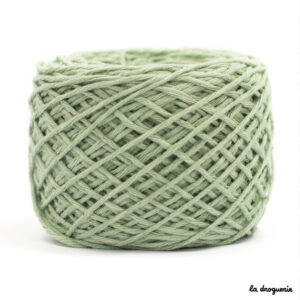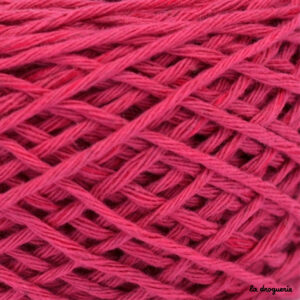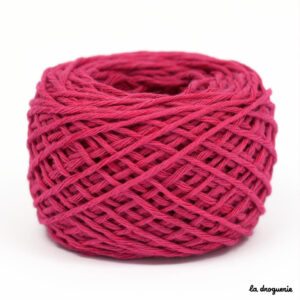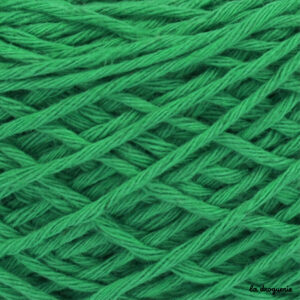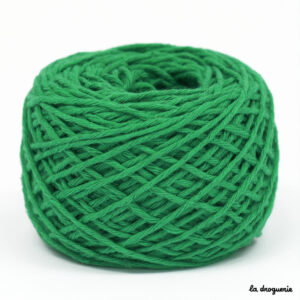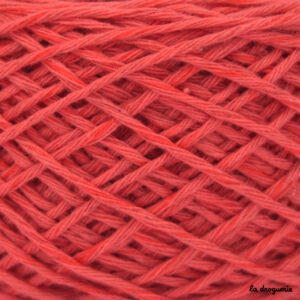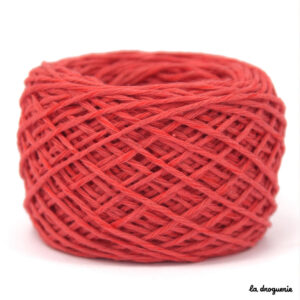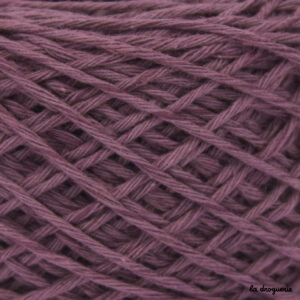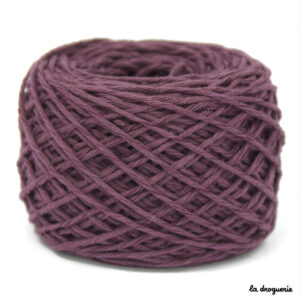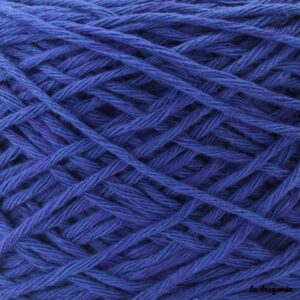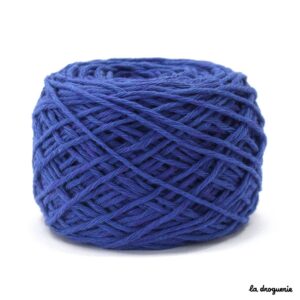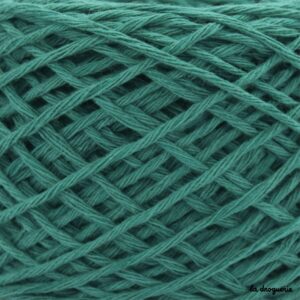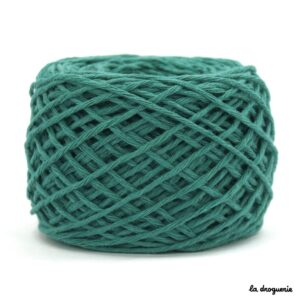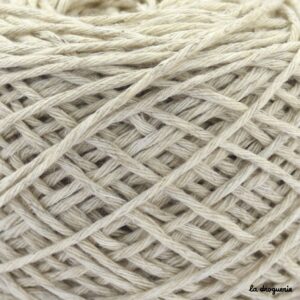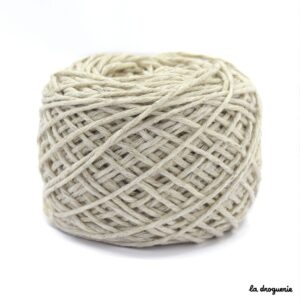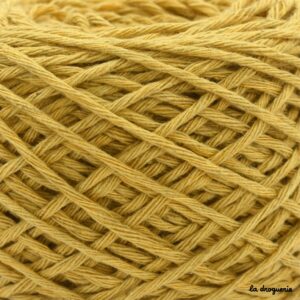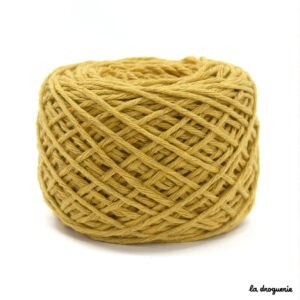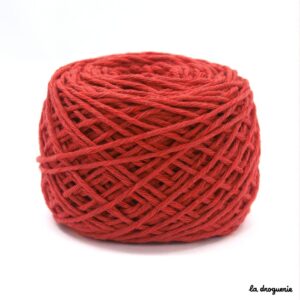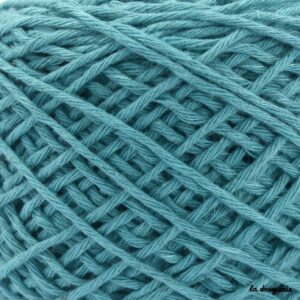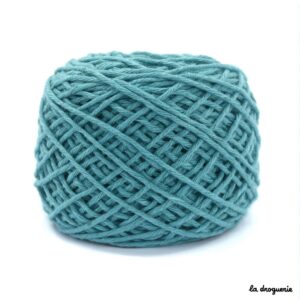Our new Boudoir collection is
online
We are recruiting in our La Droguerie stores
See the offers
€5 free on your first order when you subscribe to our Newsletter!
Subscribe
![]()
- What's new
- Knitting
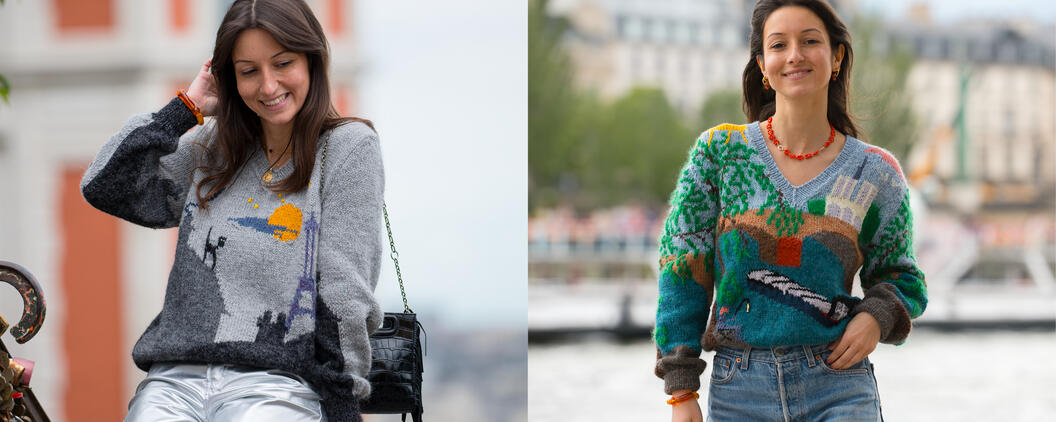
Knit with La Droguerie
Vintage Paris Sweaters
These iconic vintage sweaters have been updated to put Paris in the spotlight
Discover
Did you know ?
Colors and Textiles
The French dye house at La Droguerie
Discover - Jewelry
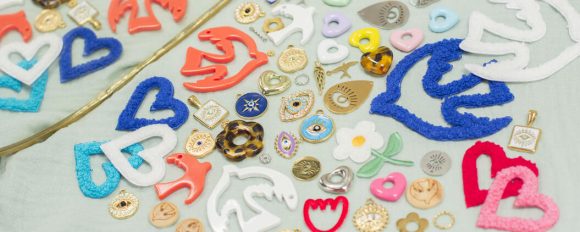
Mirror Mirror Collection
new pearls and accessories
discover the collection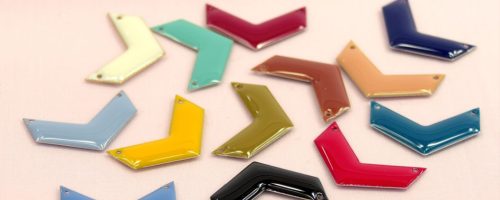
Jewelry tutorials from La Droguerie
Chrysler Building Earrings
Discover - Sewing
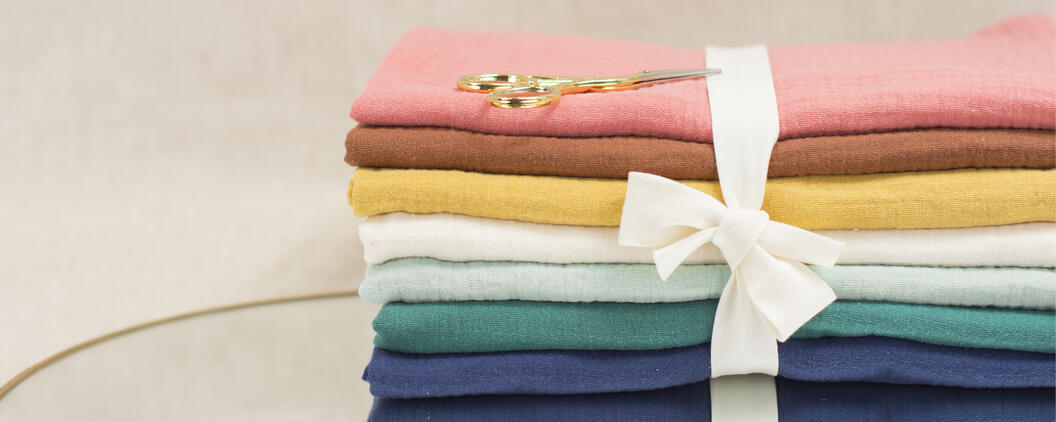
Sweet romance
Discover our fabrics and our sewing kits in double waffle gauze
discover
Did you know ?
our patterns are homemade
Discover - Buttons
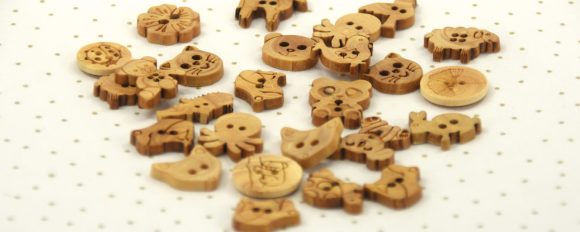
WOOD BUTTONS
Made in France, our wooden buttons are perfect for your knitting and sewing projects!
See the wooden buttons
Trick
how to sew a button?
Discover - Library
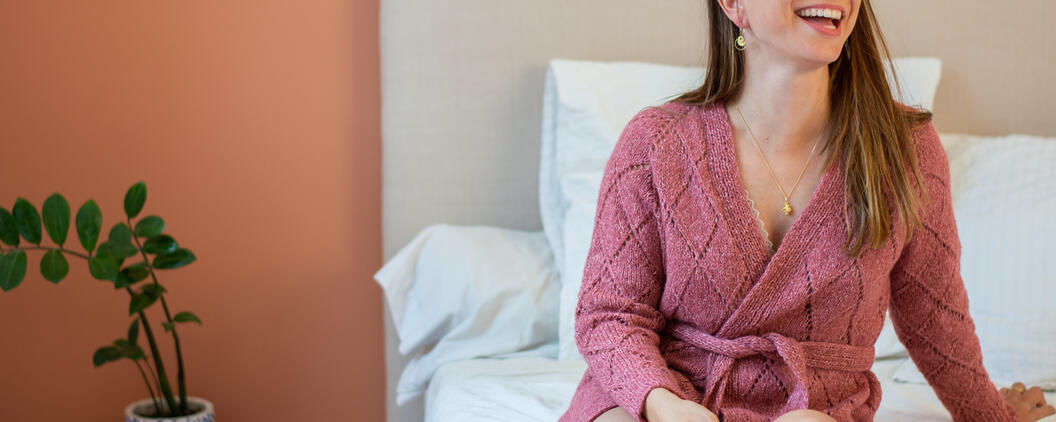
BOOK EDITION LA DROGUERIE
INDOOR KNITTING
20 projects to do to feel good at home
discover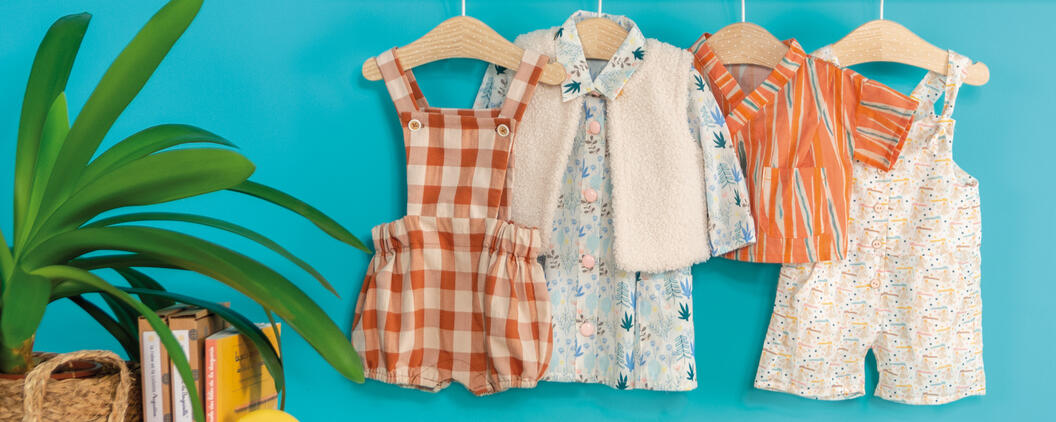
Book published by La Droguerie
The Little Wardrobe for Babies Volume 2
20 full-size baby sewing patterns.
discover
Our new Boudoir collection is
online
We are recruiting in our La Droguerie stores
See the offers
€5 free on your first order when you subscribe to our Newsletter!
Subscribe
0
0,00 €
0
No products in the cart.
Return To Shop
Shopping cart (0)
Subtotal: 0,00 €
Here is the content of your cart!
Hemp strand, 100% vegetable yarn, organic cotton, hemp and bamboo
Have you heard of Brin de Chanvre from La Droguerie? Our 100% plant-based knitting yarn is made from 17% hemp, 16% bamboo, and 67% organic cotton. Brin de Chanvre is a material with exceptional qualities. It's a fresh, comfortable, soft, antibacterial, thermoregulating, and skin-friendly yarn. The more you wear it, the more comfortable it becomes. Learn more…
Hemp Sprig Samples
Free Receive a sample Ce produit a plusieurs variations. Les options peuvent être choisies sur la page du produitLearn more about our Brin de chanvre knitting yarn
Have you heard of Brin de Chanvre from La Droguerie? Our 100% plant-based knitting yarn is made from 17% hemp, 16% bamboo, and 67% organic cotton. Brin de Chanvre is a material with exceptional qualities. It's a fresh, comfortable, soft, antibacterial, thermoregulating, and skin-friendly yarn. The more you wear it, the more comfortable it becomes.
Brin de Chanvre is made from three natural, eco-friendly fibers: hemp provides strength and durability, bamboo provides brightness and shine, and organic cotton provides softness and suppleness. Three-quarters of the manufacturing steps for Brin de Chanvre are carried out in France, with a small detour to Spain for certain operations. The finishing and dyeing of Brin de Chanvre are carried out in Western France.
Admire the intensity and beauty of our Hemp Sprig colors. Did you know that our colors are dyed in France? Yes, yes! In Western France at Couleurs et Textiles.
Composition
100% plant: 17% hemp – 16% bamboo - 67% organic cotton
Three-quarters of the manufacturing stages of Brin de Chanvre are carried out in France, with a short detour to Spain for certain operations. The finishing and dyeing of Brin de Chanvre are carried out in Western France at Couleurs et Textiles.
Hemp is a noble plant that requires little water and no pesticides. It grows quickly: in four months, it reaches between 2.5 and 4 meters depending on the species. From its stem to its flowers, everything is useful and everything is transformed for uses such as: the manufacture of paper, textiles, construction materials, food (seeds, oil, flour), etc.
Organic cotton is an eco-friendly alternative to traditional cotton. Cotton is the most important natural fiber produced in the world. Choosing organic cotton reduces water consumption, protects the health of farmers, and preserves sensitive skin.
Bamboo is a rapidly renewable and natural raw material. Its growth is extremely rapid, sometimes reaching up to one meter per day.
Qualities
Brin de Chanvre is a 100% plant-based yarn with exceptional qualities. It's a cool, comfortable, soft, antibacterial, thermoregulating, and skin-friendly knitting yarn. The more you wear it, the more comfortable it becomes.
The combination of organic cotton, bamboo and hemp gives Brin de Chanvre:
- flexibility and softness thanks to organic cotton,
- brightness and shine thanks to bamboo,
- hold and resistance thanks to hemp.
Take care of your knitting washing and it will last for years. Hemp is a fiber that does not deform, does not fluff, does not shrink. Its softness increases with each wash.
History/origin
Bamboo is native to tropical countries (Brazil, Asia, etc.).
- Cotton is a plant fiber that surrounds the seeds of the cotton plant. This shrub grows in warm and humid regions (e.g., India and South America).
- Hemp is one of the oldest plants used by man.
Here is the story of hemp told by the European Flax and Hemp Confederation (CELC) : “China (– 8000) and Kazakhstan (around – 4000): textile archaeologists recorded the very first traces of woven hemp. Around – 500, Herodotus described the fine linen of the Scythians and their steam baths, hemp thrown onto hot stones. Texts mention hemp ropes mixed with a vegetable mastic in the Gallo-Roman period (50 AD): imported from Greece to Massilia, it was processed there near the Old Port on the Canebière (canebe = hemp in Occitan).
Prehistory and antiquity
Although the plant is already mentioned around 2727 BC in a text on Chinese pharmacopoeia against malaria, rheumatism and as a sedative, legend has it that Buddha on the road to Enlightenment survived on one hemp seed per day (around 544 BC). For Hildegarde von Bingen (1098-1179), hemp relieved phlebitis and stomach pains. Used in the 18th century against smallpox spots, burns, gonorrhea or fluxions, it was prescribed to Queen Victoria to relieve her menstrual pain. After several years of prohibition, it is now included in the treatments recommended during chemotherapy and HIV infection.
Since the dawn of time, its oil has been extracted for domestic use: lamp oil, paint, varnish, soap, leather industry.
Hemp and pharmacopoeia
Developed by Tsai Lung for the Emperor of China between 62 and 117 AD, the hemp-based paper technique revealed its secrets to the West after the Battle of Samarkand (751). In 1456, Gutenberg published the first printed Bible, on hemp paper, just like the United States Declaration of Independence in 1776.
1807: Canson files a patent for tracing paper made from hemp fiber.
In 1850, the petrochemical era began and wood replaced hemp for paper under the influence of Canada and the United States, which had no shortage of forests.
Today, it is mainly used in the manufacture of special papers (Bible paper, cigarette paper), bags and ropes.
Hemp and paper: a linked history
The earliest known hemp ropes, found in Czechoslovakia in 1997, are believed to date back to 26,900 BC!
1492: 80 tons of hemp sails and ropes bring Christopher Columbus's caravels to America: the plant will serve as currency in all the American colonies. An interest dictated by the needs of the Navy!
17th and 18th centuries: European powers vie for naval supremacy. Hemp is essential for sails, rigging (ropes, cables, ladders, shrouds), and fishing nets. Officially created by Henry II in 1547, the French Royal Navy rose to the ranks of the Danish, English, and Spanish fleets under the reign of Louis XIV (1653). Richelieu and then Colbert brought hemp cultivation to an industrial level by creating the Rochefort-sur-Mer Rope Factory: a medium-sized ship then required 80 tons of hemp for rigging and 9 tons for sails.
Napoleon. The Continental Blockade (1806) put England in peril. To obtain hemp supplies, it opened the Baltic ports (the fire in Copenhagen) and forced the Tsar to turn away from Napoleon in exchange for some subsidies. The Hemp War led to the disastrous Russian campaign.
A good little navy guy
Even though the famous "Nîmes" fabric, the origin of jeans, was spun from hemp, the arrival of cotton, coal, and oil led to the gradual abandonment of hemp cultivation in Europe. In the USA, advances in chemistry introduced synthetic fibers (nylon patented in 1938) as an alternative to natural fibers. So, hemp had to be fought! In 1937, the "Marijuana Tax Act" banned hemp from cultivation. And from the American pharmacopoeia, where it had nevertheless figured prominently.
In 1942, the US Army needed his skills to weave tents and ropes. The US government then produced the propaganda film “Hemp for Victory” intended to promote the cultivation of the hated fiber.
But by 1945, nylon was there and hemp cultivation was definitively banned – via the UN – in all countries of the world… Only France and the USSR would resist.
Hemp in contemporary times
France is now the leading European producer. Praised worldwide for its environmental qualities (carbon sink, heavy metal trap, sewage effluent digester, eco-construction expert), hemp is a modern staple. At the forefront of innovation, hemp is used in the composition of new bio-sourced materials.
Today, the time for revenge has come!”
Technical characteristics of Hemp Sprig
- Recommended needles: 3.5mm to 4.5mm depending on the model
- Jersey sample (size 4 needles): 10 cm = 21 stitches x 28 rows
Knit your sample and take its measurements: if it is smaller, use a larger needle, if it is larger, a smaller needle (generally, half a number is enough). - Machine wash at 30°, tumble dry. Before washing the entire knit, test a first wash with your sample. Be careful not to rinse too cold.
Take care of your knitwear in the wash and it will last for years. Brin de Chanvre is a fibre that does not warp, fluff or shrink. Its softness increases with each wash. - 1820 meters per kilo approximately or 91 meters (or 99 yards) in 50 gr
- Weight : DK
- Needles : 3.5mm to 4.5mm (US4 to US7)
- Gauge : 21 sts/10 cm
- Balls: 50 g; 91 m (99 yards)
Colors
For over 40 years, La Droguerie has been playing with color! Our knitting yarns come in an impressive range of colors on beautiful materials.
The colors of Brin de Chanvre are dyed at Colors and Textiles in Vendée. For this range, we have chosen fresh and natural colors: a golden spike yellow, a ceramic blue, a pottery red... Not forgetting the natural undyed color: Natural Twig.
Types of knitting patterns with hemp yarn
All models in Organic cotton flower can be knitted in our Brin de Chanvre fabric. These two fabrics have the same jersey gauge (4 – 10 cm needles = 21 stitches x 28 rows).
You will find a wide selection of knitting patterns: sweaters, cardigans, tank tops, t-shirts, accessories (tote bags, shopping bags, etc.).
Find all our knitting patterns with hemp strands.
Enjoy 5€ offered on your first order by subscribing to the Newsletter
Fils la Droguerie
- Sprig of hemp (12)
Wire size
- D.K. (12)
Recommended needle number
- Needles 2.5 to 3.5 (12)
- Needles 4 to 6 (9)
- Needles 7 to 10 (3)
